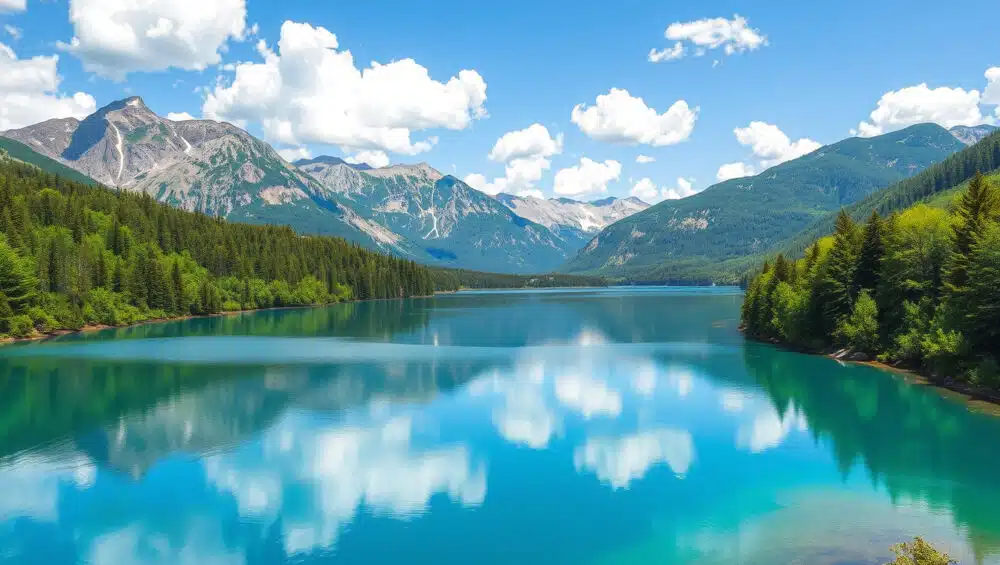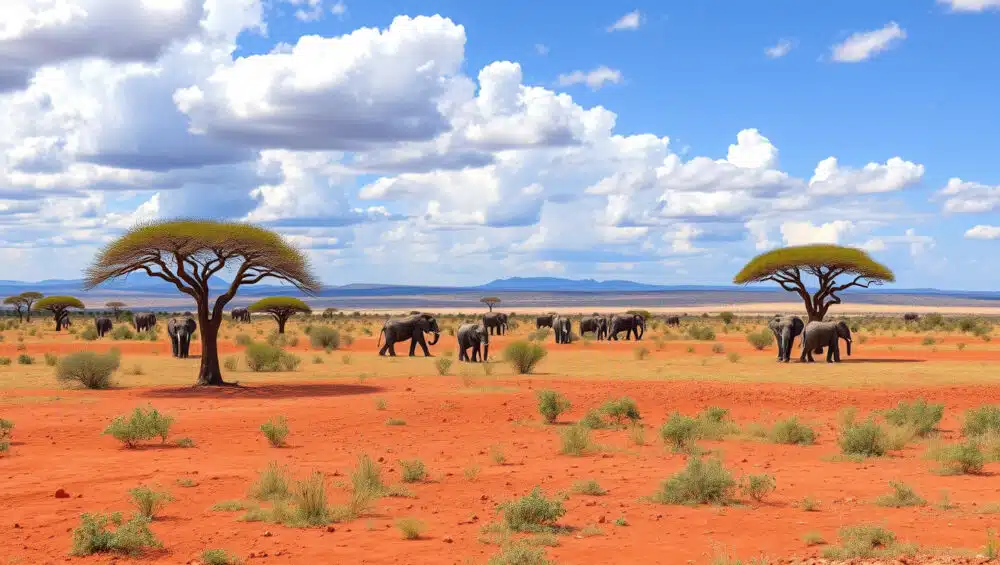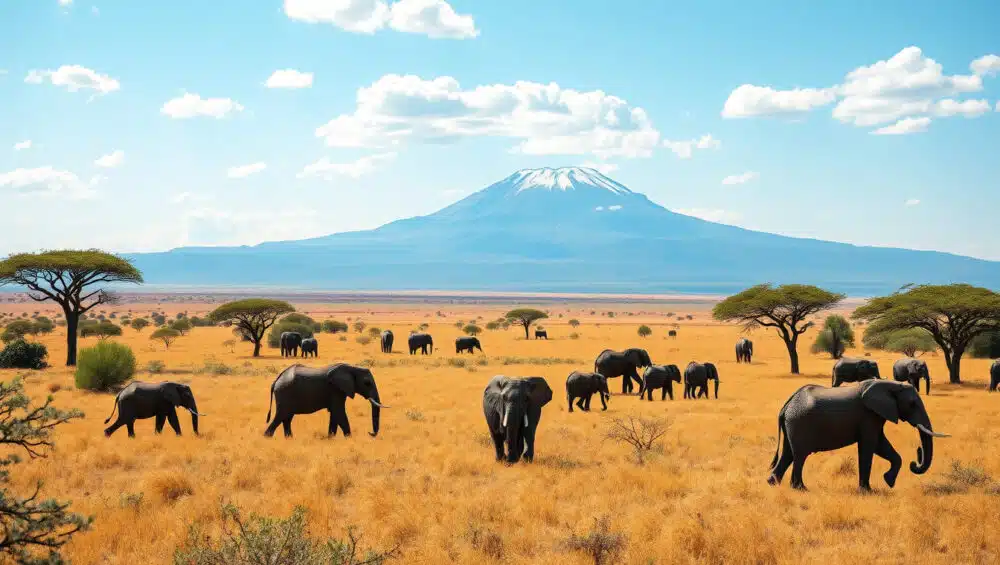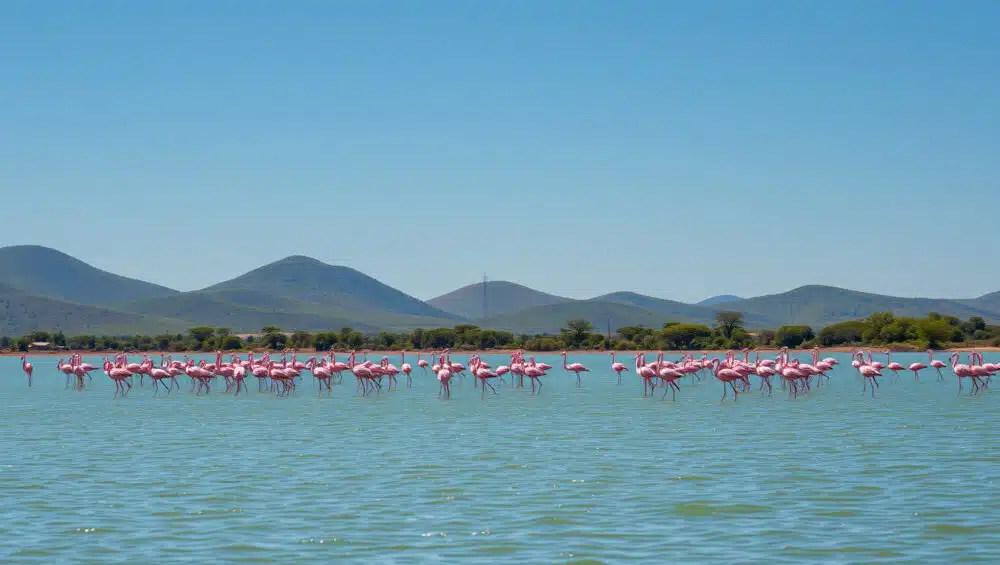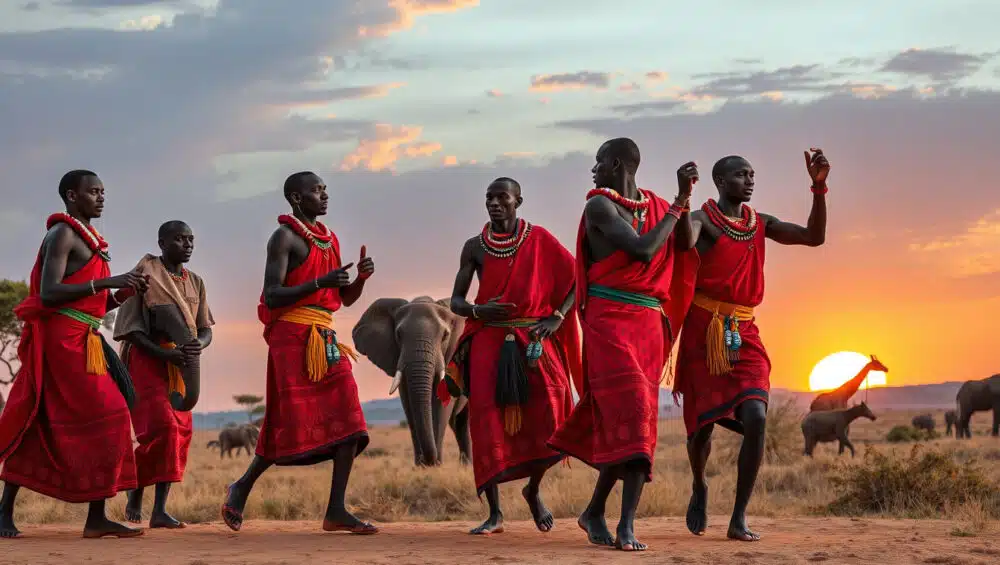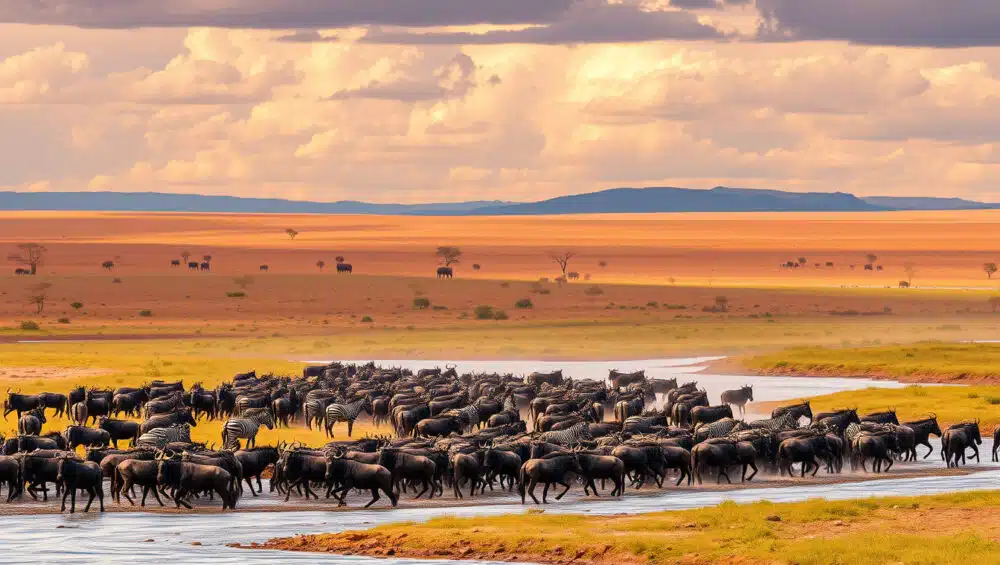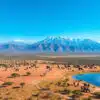A First-Timer’s Guide to Planning a Safari in Kenya
Planning a safari in Kenya can be an exhilarating yet daunting experience, especially for first-time travelers. With its breathtaking landscapes, rich wildlife, and vibrant cultures, Kenya offers one of the most iconic safari experiences in the world. In this comprehensive guide, we’ll delve into essential tips and insights that every first-timer should know for a successful adventure. From understanding the best time to visit Kenya for a safari to choosing between group and private safaris, we’ll equip you with all the necessary information to make your trip unforgettable. Read on for your first-timers guide to planning a safari in Kenya!
Key Takeaways
- The best time to visit Kenya for a safari is during the dry seasons when wildlife spotting is optimal.
- Choosing between a group safari or a private safari can significantly affect your experience and budget.
- Key national parks and reserves such as Masai Mara and Amboseli offer unique wildlife experiences worth exploring.
- An essential packing list should include lightweight clothing, binoculars, and sunscreen to ensure comfort during your safari.
- Budgeting carefully and being aware of costs can help make your safari experience enjoyable and stress-free.
Understanding the Best Time to Visit Kenya for a Safari
When planning a safari in Kenya, one of the most crucial factors to consider is the timing of your trip. Understanding the best time to visit Kenya for a safari can greatly enhance your experience, allowing you to witness the breathtaking wildlife and stunning landscapes to their fullest. Generally, the dry season, which runs from late June to October, is considered the optimal time for a first-time safari. During this period, animals tend to congregate around water sources, making them easier to spot. Additionally, the clear skies and comfortable temperatures create perfect conditions for game drives. However, if you are interested in the Great Migration, planning your visit between July and October will maximize your chances of witnessing this spectacular natural event. Conversely, visiting during the wet season, from March to May, can also provide unique experiences, such as lush landscapes and fewer tourists, although wildlife spotting can be more challenging. Ultimately, understanding the best time to visit will ensure that your safari in Kenya is unforgettable, making a first-timer’s guide to planning a safari in Kenya essential for maximizing your adventure.
Choosing the Right Safari Type: Group vs. Private
When embarking on a safari in Kenya, one of the first decisions you’ll need to make is choosing between a group safari and a private safari. For many first-timers, the allure of a group safari lies in the opportunity to meet fellow travelers and share experiences, often making it a more budget-friendly option. Group safaris typically offer organized itineraries, where you can enjoy the thrill of game drives alongside others while forming friendships amidst the stunning African landscape. However, if you’re seeking a more personalized experience, a private safari may be the way to go. This allows for complete flexibility in your itinerary, letting you spend more time in specific areas or focus on particular wildlife that interests you most. Both styles have their pros and cons, making it essential to consider your preferences and travel goals. A first-timer’s guide to planning a safari in Kenya will help weigh these options, ensuring you choose the right type of safari that suits your desire for adventure, comfort, and unique wildlife encounters.
‘In every walk with nature one receives far more than he seeks.’ – John Muir
Popular National Parks and Reserves to Explore
When planning a safari in Kenya, exploring the country’s stunning national parks and reserves is a must. Some of the most popular spots include the Maasai Mara National Reserve, famed for its exceptional wildlife and the iconic Great Migration, where millions of wildebeest and zebras traverse the plains. Amboseli National Park offers breathtaking views of Mount Kilimanjaro and is known for its large elephant herds. For those interested in unique landscapes, Tsavo National Park, one of the largest parks in Africa, features volcanic hills and diverse ecosystems. Lake Nakuru National Park, on the other hand, is famous for its vast flocks of flamingos and is a sanctuary for both black and white rhinos. Each of these destinations provides abundant opportunities to experience Kenya‘s rich biodiversity and stunning natural beauty, making it vital for every first-timer’s guide to planning a safari in Kenya to include a visit to at least one of these remarkable reserves.
Essential Packing List for a Safari in Kenya
Planning a safari in Kenya can be an exhilarating adventure, especially for first-timers eager to explore the diverse wildlife and stunning landscapes the country has to offer. As part of your adventure, having the right gear is crucial for both comfort and enjoyment. Here’s an essential packing list tailored for those embarking on their first safari. Start with clothing: lightweight, breathable fabrics that offer UV protection will keep you comfortable, while neutral colors help you blend into the environment without disturbing the wildlife. Don’t forget a good pair of walking shoes for early morning game drives, as well as a warm jacket or fleece for cooler evenings. Hydration is vital, so pack a reusable water bottle and a hydration pack for long days in the field. Opt for binoculars and a camera with a good zoom lens to capture those unforgettable moments. Sunscreen, insect repellent, and a basic first-aid kit are also indispensable. Lastly, consider a power bank or solar charger to ensure your devices remain charged while you seek out the Big Five. With this essential packing list, you’re well on your way to experiencing the thrill of a safari in Kenya like a seasoned explorer.
Tips for Budgeting and Managing Costs
When planning a trip to Kenya, particularly for a safari, it’s crucial to adopt effective budgeting strategies to ensure a memorable experience without overspending. Start by defining your overall travel budget and break it down into categories such as accommodation, transportation, meals, and activities. Research various safari packages and accommodation options to find one that fits your budget while still providing quality experiences. Remember, a First-Timer’s Guide to Planning a Safari in Kenya emphasizes the importance of allocating funds wisely—for instance, splurging on a guided safari tour can enhance your experience with expert knowledge and access to exclusive areas. Additionally, consider visiting during the off-peak season, which offers lower prices and fewer crowds, allowing for a more intimate wildlife experience. Don’t forget to account for extra expenses like park entry fees and tips for guides, as these can add up quickly. By effectively managing your costs, you can enjoy the breathtaking beauty of Kenya’s wildlife and landscapes without breaking the bank.
Safety and Health Considerations for Safari Travelers
When embarking on a thrilling adventure such as a safari in Kenya, understanding the safety and health considerations is paramount for first-timers. A First-Timer’s Guide to Planning a Safari in Kenya should include vital health recommendations, such as staying up-to-date with vaccinations and malaria prophylaxis, to safeguard against common ailments in the region. Additionally, ensuring you have adequate travel insurance that covers medical emergencies can provide peace of mind. It’s essential to stay hydrated, wear appropriate clothing to protect against sun exposure and insect bites, and always follow the advice of your guides regarding wildlife interactions. Being prepared and informed will not only enhance your experience but also ensure that your safari adventure is both safe and enjoyable.

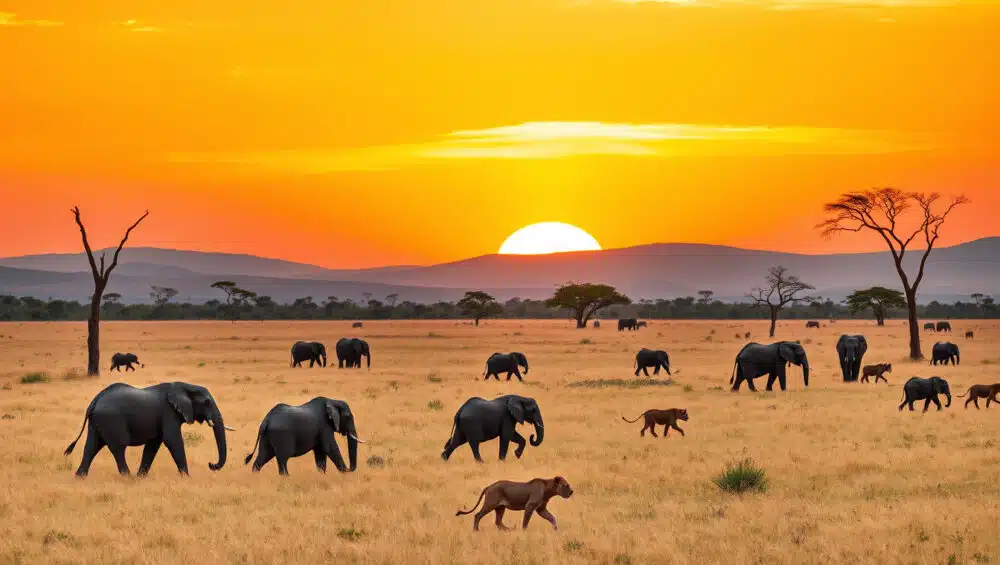



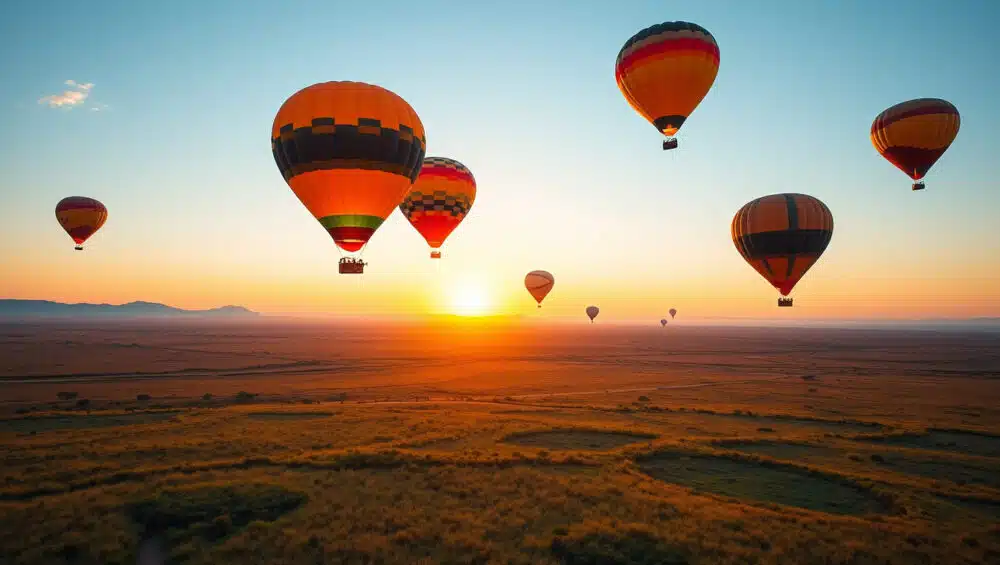


 Masai Mara – Is It Worth It?, understanding safety measures and regulations is essential. The thrill of floating over the breathtaking landscapes and witnessing wildlife from the air can be exhilarating, but safety must always come first. Tour operators in the
Masai Mara – Is It Worth It?, understanding safety measures and regulations is essential. The thrill of floating over the breathtaking landscapes and witnessing wildlife from the air can be exhilarating, but safety must always come first. Tour operators in the 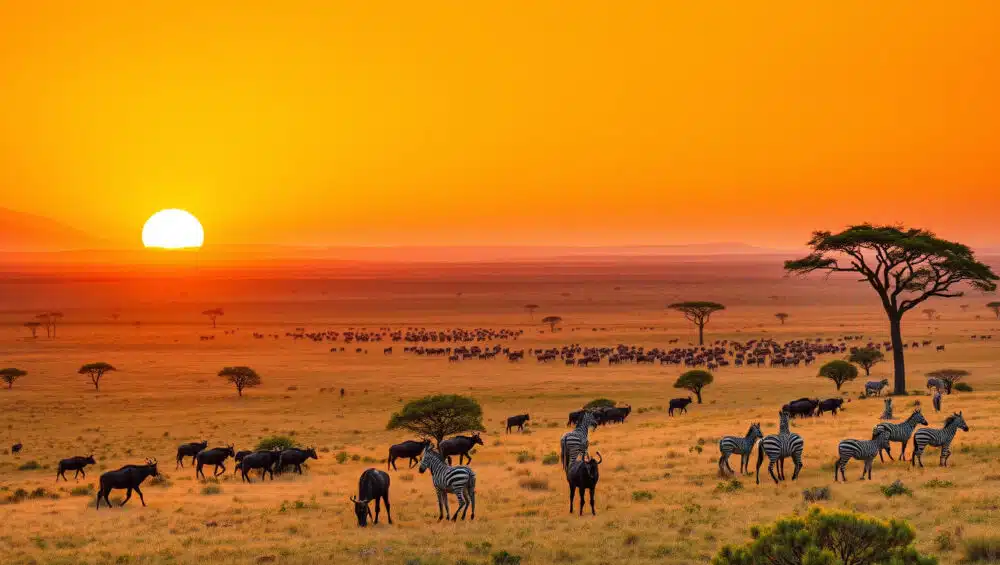

 Kenya, one might ask, ‘Why visit
Kenya, one might ask, ‘Why visit 
